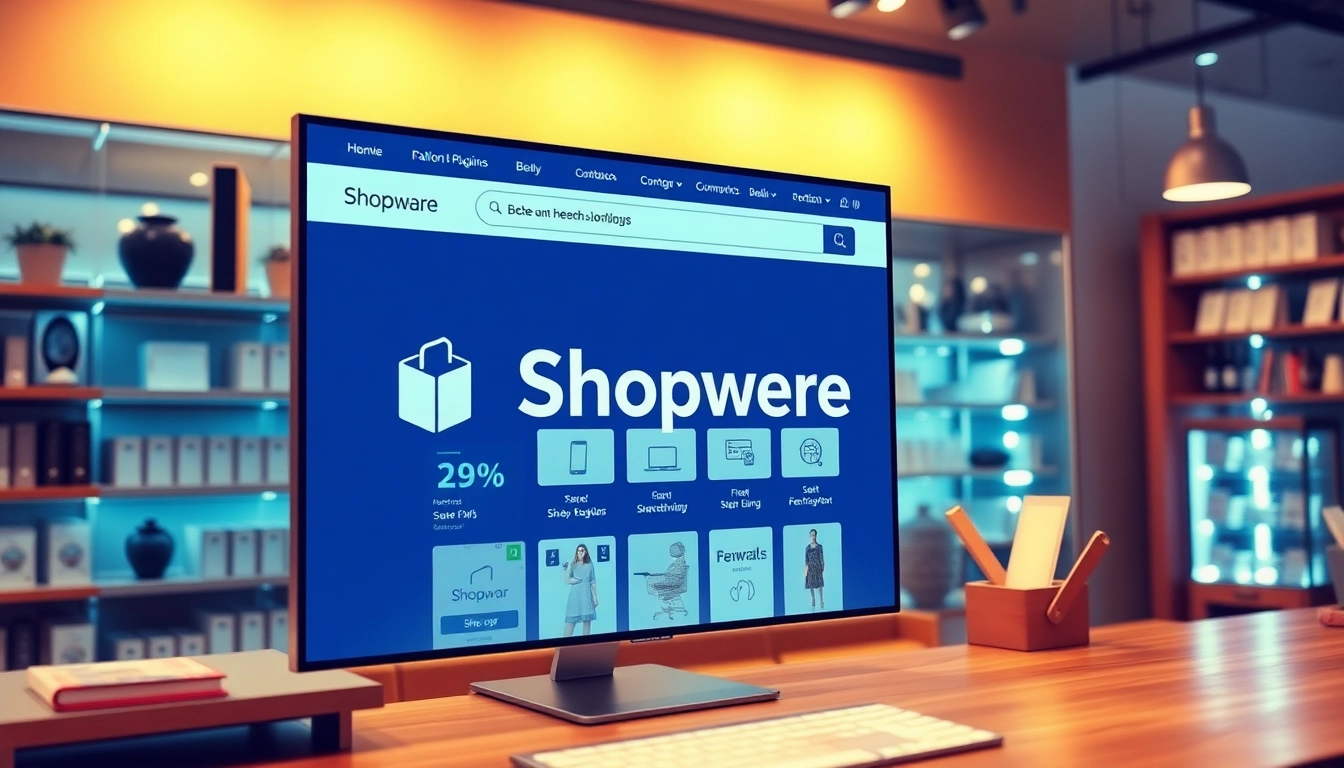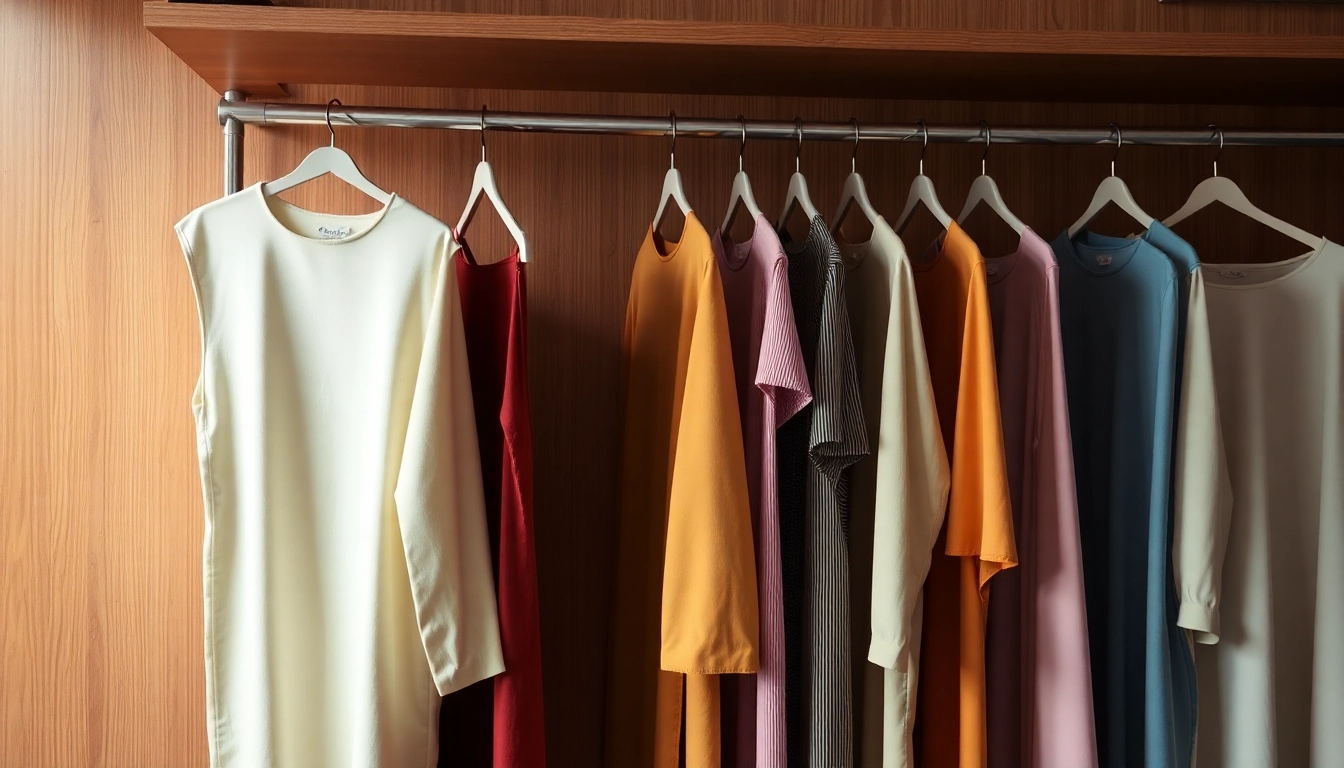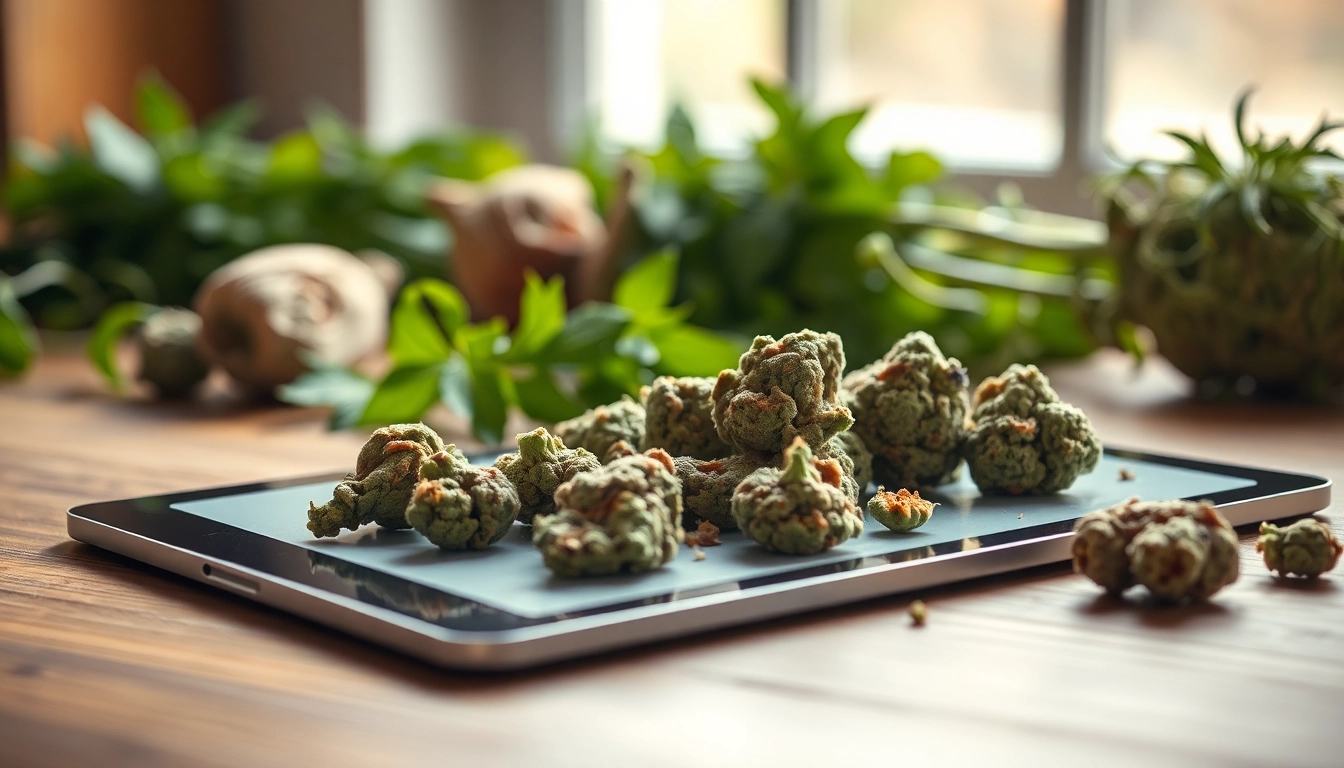The Meaning of Luxury Today
The concept of luxury has undergone significant transformations over the years. Once associated solely with material wealth and opulence, luxury now encompasses a broader spectrum of experiences and values. Modern luxury is often intertwined with personal fulfillment, authenticity, and a sense of well-being. As we journey through this multifaceted definition, it’s essential to understand how the perception of luxury has evolved in today’s society and what it truly signifies. In this exploration, we will delve into luxury in contemporary culture, its historical context, and its implications for consumers and brands alike.
1. Defining Luxury in Modern Terms
Luxury is no longer confined to the realm of possessions; rather, it represents a state of mind and a way of life. Today, luxury can be defined as the pursuit of experiences that provide pleasure, comfort, and satisfaction. Luxury is subjective; what is considered luxurious to one may differ vastly for another. For instance, while some might associate luxury with high-end fashion and jewelry, others may find it in the tranquility of a serene spa or a once-in-a-lifetime travel experience.
The modern definition often emphasizes sustainability, ethics, and social responsibility. Consumers are increasingly conscious of the impact their purchases have on the environment and society. Brands that embrace these values and communicate a compelling narrative are more likely to resonate with today’s luxury consumers.
2. The Shift from Materialism to Experiences
Over the last decade, there has been a noticeable shift in consumer preferences from material possessions to experiential luxury. Research indicates that spending on experiences yields greater and more lasting happiness compared to spending on material items. Travelers are now seeking unique adventures, cultural immersions, and personalized services rather than merely luxurious amenities.
This evolution is marked by a growing desire for memorable experiences shared with loved ones. Brands that cater to this shift, such as high-end travel agencies and luxury hospitality services, are flourishing by offering bespoke experiences that prioritize personalization and emotional connection over mere extravagance.
3. Cultural Influences on Luxury Perceptions
The definition of luxury is deeply influenced by cultural contexts, individual values, and social norms. For example, in some cultures, luxurious living is synonymous with having an extravagant home or owning expensive cars, while in others, it may mean embracing a minimalist lifestyle, where quality trumps quantity. Globalization has also played a crucial role in influencing luxury perceptions, as more people are exposed to different lifestyles and opportunities.
Furthermore, social media has transformed how luxury is perceived. Platforms such as Instagram and TikTok allow brands to showcase their products in unique ways, reaching a diverse audience. This has led to the rise of “influencer culture,” where luxury communicates not only through traditional marketing but also through personal experiences that resonate with followers.
Understanding Luxury Goods
Luxury goods are often classified as products that convey exclusivity, status, and a high level of quality. Understanding the nature of luxury goods is critical for brands aiming to engage effectively with their audience.
1. Types of Luxury Goods and Their Characteristics
Luxury goods are generally categorized into two main types: soft luxury and hard luxury. Soft luxury includes fashion items such as clothing and accessories that are often seasonal and trend-driven. Brands like Chanel and Gucci excel in this space, using their heritage and craftsmanship to create high-demand products.
On the other hand, hard luxury usually refers to durable goods like jewelry, watches, and automobiles. These products often represent timelessness and investment value, with brands like Rolex and Rolls-Royce epitomizing the pinnacle of this category. Characteristics that define luxury goods include quality craftsmanship, heritage, exclusivity, and a strong brand narrative that adds emotional value.
2. Economic Factors Influencing Luxury Demand
The demand for luxury goods tends to rise disproportionately as consumer income increases, a concept rooted in economic theory. Factors such as economic growth, rising disposable incomes, and the emergence of new affluent classes in emerging markets play a significant role in determining luxury sales trends.
Moreover, behavioral economics shows that luxury consumption can also be influenced by psychological factors, such as the desire for status. Consumers may purchase luxury items as a means of signaling social status, leading to a phenomenon known as “conspicuous consumption.”
Moreover, during economic downturns, the luxury market often demonstrates resilience, as affluent consumers continue to spend on high-end products, viewing them as refuges of stability during uncertainty.
3. The Role of Exclusive Brands in Luxury Markets
Exclusive brands play a pivotal role in defining the luxury market. They rely heavily on brand heritage, storytelling, and craftsmanship to create an aura of exclusivity. Brands like Hermès, with its limited production of iconic items such as the Birkin bag, have mastered the art of creating demand through scarcity.
In today’s digital landscape, the challenge for luxury brands lies in balancing exclusivity with accessibility. Many brands are now leveraging online platforms to reach a wider audience, yet they must carefully curate their image to retain the essence of exclusivity and desirability.
Luxury Experiences vs. Luxury Products
The conversation around luxury invariably leads us to explore the dichotomy between luxury experiences and luxury products. Both sectors have significant consumer bases, yet they cater to different aspirations and values.
1. Experiences: The New Frontier of Luxury
As previously noted, luxury experiences have risen to prominence in recent years. Experiences are no longer something that supplement luxury goods; they have become the pinnacle of luxury consumption. High-net-worth individuals often prioritize memories over material possessions, which opens new avenues for luxury experiences.
From exclusive travel packages, private dining experiences, and tailored wellness retreats, to bespoke art events, luxury experiences create lasting impressions that resonate more deeply than any product could. The key for brands in this space is personalization, ensuring each experience is tailored to individual preferences.
2. Balancing Product Affordability with Luxury Status
While the allure of luxury products has not diminished, the challenge lies in maintaining a balance between affordability and prestige. Some brands are experimenting with creating more accessible luxury lines to attract a younger audience without diluting their brand equity. These options often target aspiring consumers who wish to engage with luxury on a more personal level.
However, brands must tread carefully; the introduction of more affordable options can lead to consumer backlash if perceived as a compromise on quality or exclusivity. Successful brands navigate these complex waters by strategically launching sub-brands or capsule collections that uphold the parent brand’s prestige.
3. Case Studies of Luxury Experience Providers
Notable examples of luxury experience providers include Airbnb Luxe, which offers high-end property rentals complete with personalized services, and luxury cruise lines such as Seabourn, that emphasize bespoke itineraries and exceptional service quality. These brands have cultivated an understanding that modern luxury is all about creating unforgettable experiences rather than simply offering high-end accommodation or travel.
Additionally, iconic hospitality brands like The Ritz-Carlton have set high standards for customer experiences. Their “Ladies and Gentlemen” service motto embodies the essence of luxury by ensuring every guest is treated with the utmost care and attention to detail.
Sustainability in the Luxury Sector
As societal values shift towards sustainability, the luxury sector is expected to evolve accordingly. Consumers are increasingly holding luxury brands accountable for their environmental footprint and social impact.
1. Eco-friendly Practices Among Luxury Brands
Many luxury brands are adopting eco-friendly practices, focusing on sustainable sourcing, minimizing waste, and utilizing renewable materials. Brands like Stella McCartney lead the charge, emphasizing cruelty-free and sustainable fashion through innovative materials and processes.
Furthermore, brands such as Gucci have committed to significant carbon-neutral goals, showcasing how luxury can intertwine with sustainability. These efforts resonate well with the “conscious consumer,” who prefers to invest in brands aligned with their environmental values.
2. Consumer Trends Towards Sustainable Luxury
According to various reports, an increasing segment of luxury consumers prioritizes sustainability in their buying decisions. The desire for transparency in production processes and a brand’s ethical stance has become paramount. This trend is particularly prevalent among Millennials and Generation Z, who view sustainability as a vital component of their luxury purchases.
Brands that fail to address sustainability concerns risk alienating a significant portion of their consumer base. Consequently, the luxury sector is amid a transformative phase where moral imperatives are as critical as profit margins.
3. The Future of Luxury Amid Environmental Concerns
The future of luxury lies at the intersection of innovation and sustainability. Brands that are adaptive, transparent, and authentic will thrive in the evolving luxury landscape. With advances in technology, particularly in sustainable solutions like blockchain for supply chain transparency, luxury brands can create a more efficient and environmentally friendly business model.
As consumers become more discerning, luxury brands must proactively engage in sustainable practices and demonstrate a genuine commitment to environmental stewardship, not just as a marketing tactic but as a core business philosophy.
Luxury Market Trends and Predictions
The luxury market is continuously evolving, influenced by economic cycles, consumer behavior, and cultural shifts. Understanding current trends is vital for brands seeking to navigate this dynamic landscape effectively.
1. Key Trends Shaping the Luxury Industry
Current trends in the luxury industry include a rise in digitalization, the importance of personalization, and a growing focus on health and wellness. The digital transformation has paved the way for luxury brands to connect with consumers in more intimate ways, as online shopping becomes increasingly popular.
Personalization has emerged as a critical aspect, with brands leveraging data analytics to tailor their offerings to individual preferences and lifestyles. Additionally, the increasing consumer interest in health and well-being has prompted luxury brands to create products and experiences that promote a holistic sense of luxury.
2. The Impact of Digital Transformation on Luxury
Digital platforms are reshaping the luxury landscape, offering unique opportunities for brands to engage with consumers. High-end brands are investing in immersive technologies like augmented reality (AR) and virtual reality (VR) to enhance the shopping experience and connect with a tech-savvy audience.
Social media’s role in luxury branding cannot be overstated. Influencers and consumer reviews have a significant impact on purchasing decisions, necessitating that luxury brands cultivate a robust online presence and maintain a reactive approach to customer feedback.
3. Predictions for the Future of Luxury Spending
Looking ahead, the luxury market is projected to experience substantial growth, particularly in emerging markets. As more individuals enter the affluent consumer segment, brands that adapt and innovate within their marketing strategies will find immense opportunities.
Moreover, the emphasis on personalization, experience, and sustainability will become even more pronounced, shaping consumers’ expectations and influencing future purchasing behavior. As a result, companies that remain attuned to these shifts will secure their positions as leaders in the ever-evolving world of luxury.



